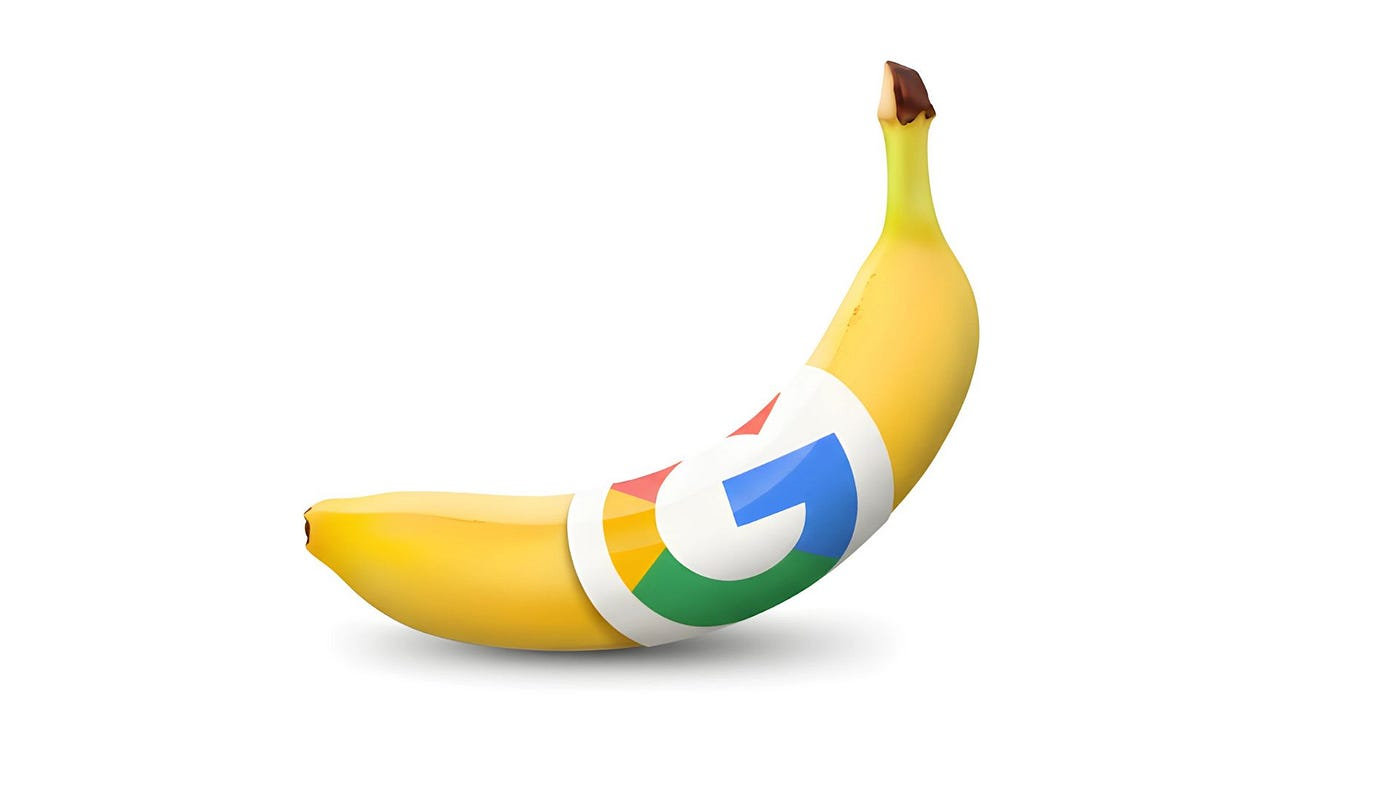In the rapidly evolving world of generative AI, Google has launched its boldest experiment yet in image editing: Gemini 2.5 Flash Image, popularly known as Nano Banana. Integrated across Google AI Studio, the Gemini app, and the Gemini API, Nano Banana is being praised for its speed, consistency, and next-gen creative potential.
In this Nano Banana review, we’ll explore how the model works inside Google AI Studio, evaluate its strengths and weaknesses, and look at whether it truly lives up to the hype for creators, marketers, and developers.
📑 Table of Contents
What Is Google AI Studio Nano Banana?
The term “Nano Banana” originated during pre-release testing in AI communities like LMArena, but the official name is Gemini 2.5 Flash Image.
It is a next-generation AI image editor that can:
-
Generate images from text prompts.
-
Edit existing images using natural language.
-
Maintain identity consistency across multiple edits.
In Google AI Studio, developers and creators can access Nano Banana in “Build Mode” to:
-
Prototype image editing apps.
-
Create workflows that mix text-to-image + image-to-image editing.
-
Experiment with multimodal AI that leverages Gemini’s broader world knowledge.
In short: Google Nano Banana is not just an image generator; it’s a full-fledged AI image editing ecosystem.
How Nano Banana Performs: Real-World Findings
Based on early testing and community feedback, here’s how Nano Banana (Gemini 2.5 Flash Image) performs:
-
⚡ Speed & Responsiveness: Edits return in 1–5 seconds, making it feel close to real-time.
-
👤 Identity Consistency: Maintains faces, features, and proportions across edits.
-
🎨 Multi-Image Fusion: Can merge multiple images into one coherent scene.
-
✍ Prompt-Based Local Edits: Allows granular control (e.g., “blur background,” “remove object,” “change outfit”).
-
🔥 Viral 3D Figurine Effect: Social media has popularized its “toy figurine style” edits.
⚠️ Limitations: Some users still notice artifacts in complex edits, and extreme prompts may fail.
Pros & Cons of Nano Banana
✅ Pros
-
High Identity Consistency – Preserves traits across edits, useful for avatars & influencers.
-
Fast Performance – Interactive editing in near real-time.
-
Prompt-Based Editing – Make local edits without regenerating the entire image.
-
Multi-Image Combination – Great for product mockups, composites, and marketing visuals.
-
Developer Friendly – Accessible via Google AI Studio & Gemini API.
-
Responsible AI – Invisible SynthID watermarks + visible AI labels to prevent misuse.
⚠️ Cons / Limitations
-
Artifacts in Complex Edits – Distortions may occur in detailed or multi-element scenes.
-
Hype vs Reality – Not perfect; edge cases require manual cleanup.
-
Prompt Dependence – Ambiguous prompts = weaker results.
-
Compute & Cost – API pricing at ~$0.039 per image could scale up for heavy use.
-
Privacy Risks – Uploading personal photos carries data sensitivity concerns.
-
Evolving Model – Features may change or break as updates roll out.
Verdict & Use Cases
Overall, Google AI Studio Nano Banana (Gemini 2.5 Flash Image) is a powerful AI image editor that stands out for its consistency, speed, and flexibility.
Best use cases include:
-
Social media visuals & marketing creatives.
-
Product mockups & eCommerce assets.
-
Avatars, influencer edits, & character design.
-
Blended multi-image collages.
-
Quick ideation for designers & developers.
That said, for production-grade work, human oversight is still necessary—especially for high-detail or commercial projects.
Final Thoughts
This Nano Banana review shows that Google’s new AI image editor is one of the strongest contenders in generative image editing today. It blends Gemini’s multimodal intelligence with real-world usability inside Google AI Studio and beyond.
While it’s not flawless yet, Google Nano Banana is clearly a step toward making AI-powered editing more accessible, consistent, and creative. As Google iterates, expect fewer artifacts, smarter prompts, and new editing capabilities in upcoming releases.
👉 If you’re a content creator, marketer, or developer, experimenting with Nano Banana in Google AI Studio is absolutely worth it.

